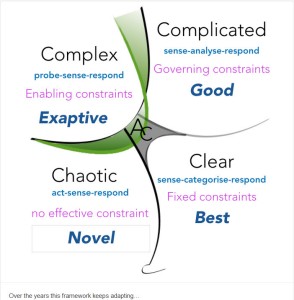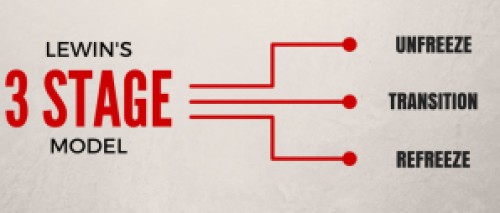It is not just replacing energy sources; it is all about solution renewal end-to-end and that needs innovation
Within the energy transition, we must not lose sight of the final consumer. The final consumer of energy is going to be the ultimate arbitrator.
As we focus on the broader aspects of “energy transition” by re-engineering much of the existing infrastructure to create smart grids, provide storage, solar for individual homes, and the ability to introduce e-mobility across the transport sector we must keep the consumer always in mind. Is the alternative, those new solution more attractive?
As we seek to make a change in any energy supply or solution, we need to continually ask those basic questions innovators should always do. Has what we are offering greater utility and flexibility? Is the alternative more connected, more informative, and helpful? Does it provide better value than the existing solution? Simply, what is in it for me?
These are the connecting points to the end-user. They “feel” the value of the energy transition in benefit; in energy security, increased choices, and greater involvement in handling their own energy costs and local energy design choices, they see the “effect of change.”
The nature of the energy landscape will require the transformation of businesses, the push to find and develop new market dynamics and embrace government policy and regulations in an orderly and planned way. Still, above all, it needs to offer value, appeals, and that “compelling” reason to make a change.
Continue reading “Solutions for Energy do need to be end-to-end and highly innovative”









